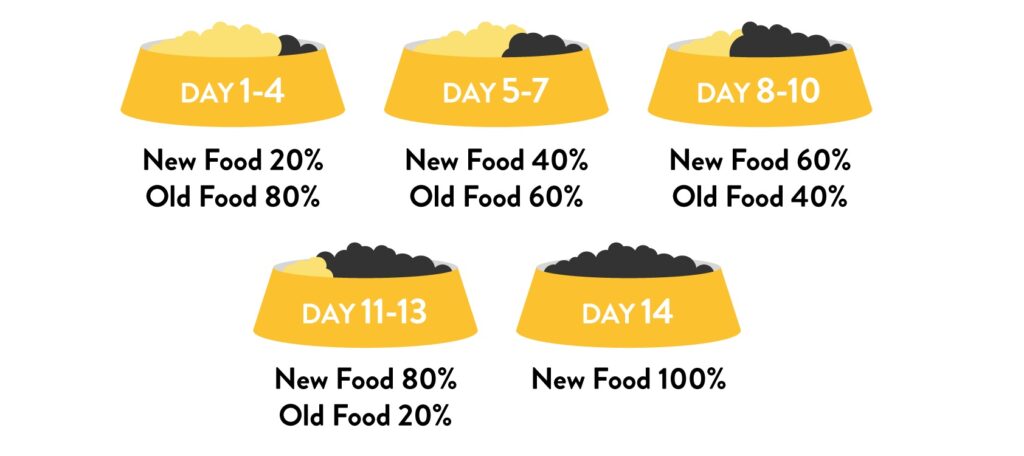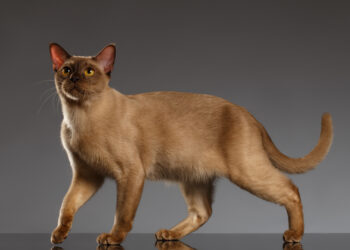Transitioning your cat from kitten food to adult cat food is a significant milestone in your pet’s life. Properly managing this transition is crucial for ensuring the best cat health care. Here, we provide comprehensive guidance to help you navigate this change smoothly and effectively.
Understanding When to Transition
Knowing the right time to switch to adult cat food is essential for maintaining your cat’s health.
- Age: Most cats are ready to transition to adult food around their first birthday. However, larger breeds like Maine Coons might benefit from staying on kitten food until they are 18-24 months old.
- Health: If your cat has specific health conditions, consult your veterinarian to determine the appropriate time and type of food to introduce.
Choosing the Right Adult Cat Food
Selecting the best adult cat food ensures that your feline receives the nutrition they need.
- Nutritional Balance: Look for foods that offer a balanced blend of proteins, fats, and carbohydrates, along with essential vitamins and minerals.
- Quality Ingredients: Opt for high-quality ingredients without fillers or artificial additives. Brands with a good reputation for quality and safety are usually a safe bet.
- Special Needs: If your cat has dietary restrictions or health issues, choose a formula that addresses these needs, such as weight control or digestive health.

Gradual Transitioning Process
A gradual transition is key to avoiding digestive upset and ensuring your cat adapts well to their new diet.
- Start Slowly: Begin by mixing a small amount of adult cat food with your cat’s current kitten food.
- Increase Gradually: Over the course of 7-10 days, gradually increase the proportion of adult food while decreasing the kitten food.
- Monitor Closely: Watch for signs of digestive upset, such as vomiting, diarrhea, or changes in appetite. If any issues arise, slow down the transition process.
Tips for a Successful Transition
Ensuring a smooth transition requires some strategic steps and patience.
- Maintain a Routine: Keep feeding times consistent to help your cat adjust to the new food.
- Positive Reinforcement: Reward your cat with treats or extra affection to create positive associations with the new food.
- Hydration: Ensure your cat has access to fresh water at all times, as hydration is crucial during dietary changes.
- Observe and Adjust: Pay attention to your cat’s reaction to the new food. If they refuse to eat or show signs of distress, consult your vet for advice.
Addressing Common Challenges
Sometimes, transitioning to adult cat food can present challenges. Here’s how to handle them:
- Picky Eaters: If your cat is reluctant to eat the new food, try different flavors or textures. Sometimes mixing a small amount of wet food with dry food can make it more appealing.
- Digestive Issues: If your cat experiences digestive issues, extend the transition period or consult your vet about alternative foods.
- Weight Management: Monitor your cat’s weight throughout the transition. If you notice any significant weight gain or loss, adjust portion sizes or consult your vet.

The Importance of Regular Vet Visits
Regular veterinary check-ups are a cornerstone of the best cat health care.
- Health Monitoring: Routine visits allow your vet to monitor your cat’s health and catch any issues early.
- Dietary Advice: Your vet can provide personalized advice on the best diet for your cat’s specific needs.
- Vaccinations and Preventatives: Keep up with vaccinations and preventative care to protect your cat from common illnesses and parasites.
Conclusion
Transitioning to adult cat food is a pivotal step in providing the best cat health care for your feline friend. By choosing the right food, following a gradual transition process, and addressing any challenges that arise, you can ensure a smooth and healthy change. Regular vet visits and close monitoring will help keep your cat happy and thriving during this important phase of their life.
By following these guidelines, you’ll be well on your way to maintaining optimal health and well-being for your beloved cat. Remember, a smooth transition not only benefits your cat’s health but also strengthens the bond between you and your furry companion.





















